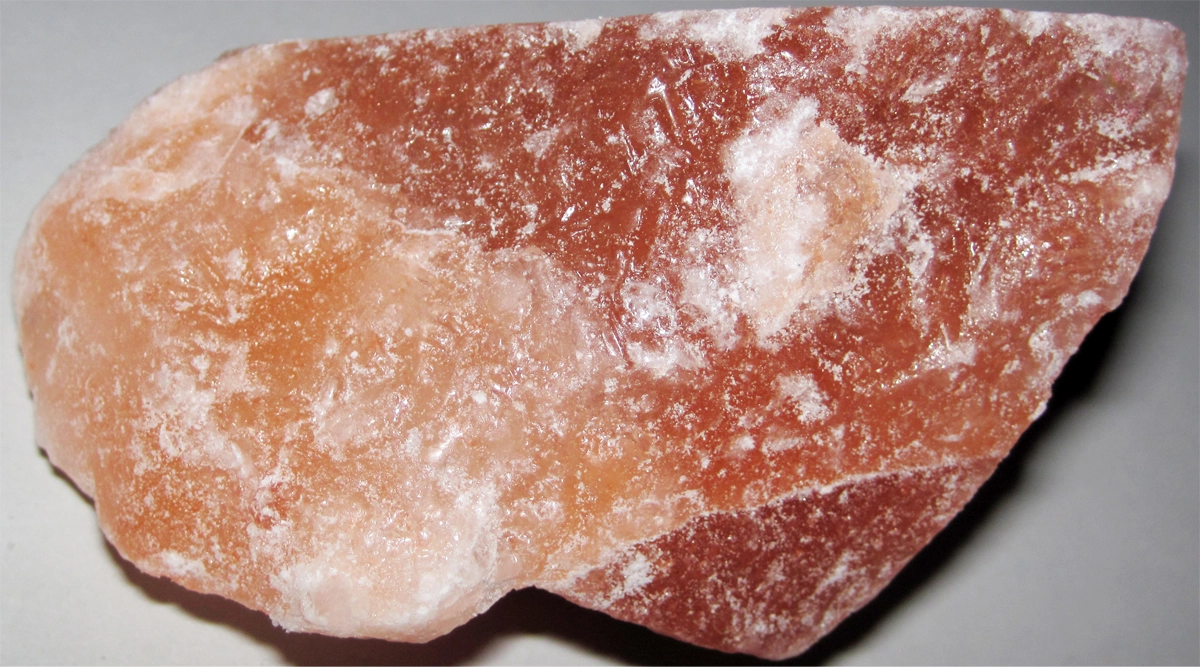Properties of Rock Salt
Rock salt is a naturally occurring mineral primarily composed of sodium chloride (NaCl), the same chemical compound as table salt. It typically forms in large underground salt deposits and is often mined for various purposes, such as de-icing roads in colder climates or for use in industrial processes.

The following table provides a list of rock salt properties in both SI and US customary/Imperial units at normal temperature and pressure (NTP).
Click on the button to switch between Metric and Imperial units.
| Physical Properties | Metric |
|---|---|
| Density | 2100 - 2200 kg/m3 |
| Mechanical Properties | Metric |
| Compressive Strength | 27 MPa |
| Hardness (Mohs) | 2 |
| Thermal Properties | Metric |
| Melting Point | 800 °C |
| Thermal Conductivity | 3.13 - 3.87 W/m·K |
| Specific Heat Capacity (Cp) | 849 - 900 J/kg·K |
| Coefficient of Thermal Expansion (αL) | 4×10-5 1/°C |
| Electrical Properties | Metric |
| Electrical Resistivity | 105 - 106 Ω·cm |
Unless stated otherwise, all values are taken at room temperature (approximately 20°C or 68°F) and 1 atm pressure. (1 atm = 101,325 Pa)
References: 1) Cardarelli, François. Materials Handbook: A Concise Desktop Reference. Switzerland: Springer International Publishing, 2018. 2) CRC Handbook of Chemistry and Physics, 97th Edition. United Kingdom: CRC Press, 2016-2017. 3) A.M. Howatson, P.G. Lun, J.D. Todd, P.D. Engineering Tables and Data. United Kingdom: University of Oxford, Department of Engineering Science, 2009. 4) Stone: Building Stone, Rock Fill and Armourstone in Construction. United Kingdom: Geological Society, 1999.
